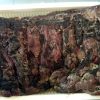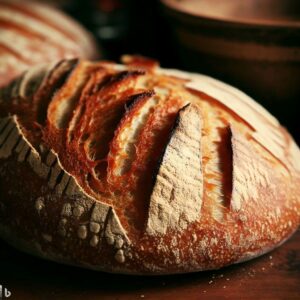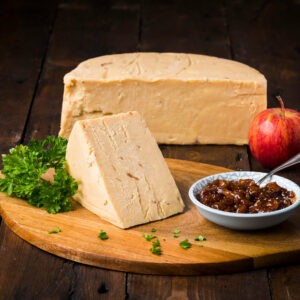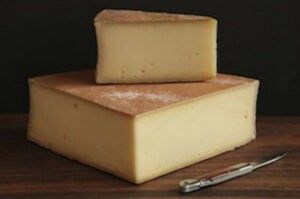Cheese for baking in bread
If you’re like me, you love cheese. Cheese is one of the most versatile and delicious ingredients in the world. You can eat it on its own, melt it on top of anything, or even bake it inside something. Yes, you heard me right. You can bake cheese inside bread. And trust me, it’s amazing.
Baking cheese in bread is not only a great way to use up leftover cheese, but also a fun and easy way to make your bread more flavorful and exciting. Imagine biting into a warm, crusty loaf of bread and finding a gooey, cheesy surprise inside. It’s like a gift from the gods.
But not all cheeses are created equal when it comes to baking in bread. Some cheeses are too soft and will melt away into nothingness. Some cheeses are too hard and will not melt at all. Some cheeses are too salty and will overpower the bread. And some cheeses are just plain weird and will ruin your bread.
So how do you choose the right cheese for baking in bread? Well, there are a few factors to consider, such as texture, flavor, melting point, and moisture content. Here are some tips and examples of cheeses that work well for baking in bread.
– Texture: You want a cheese that has a firm but not hard texture, so that it can hold its shape and not crumble or ooze out of the bread. A good example is cheddar cheese, which has a smooth and slightly elastic texture that can withstand high temperatures without losing its integrity.
– Flavor: You want a cheese that has a strong but not overpowering flavor, so that it can complement the bread and not mask it. A good example is feta cheese, which has a tangy and salty flavor that can add some zest to your bread.
– Melting point: You want a cheese that has a low to medium melting point, so that it can melt and become gooey inside the bread. A good example is mozzarella cheese, which has a low melting point and a stretchy texture that can create strings of cheese when you pull apart the bread.
– Moisture content: You want a cheese that has a low to medium moisture content, so that it can release some moisture into the bread and keep it moist and soft. A good example is cream cheese, which has a low moisture content and a creamy texture that can add some richness to your bread.
Of course, these are not the only cheeses that you can use for baking in bread. You can experiment with different combinations and proportions of cheeses to create your own unique flavors and textures. Some other cheeses that you can try are:
– Gruyere: A nutty and slightly sweet cheese that melts well and adds some depth to your bread.
– Parmesan: A hard and salty cheese that adds some crunch and umami to your bread.
– Brie: A soft and buttery cheese that melts into a creamy sauce inside your bread.
– Goat cheese: A crumbly and tangy cheese that adds some freshness and contrast to your bread.
The possibilities are endless when it comes to baking cheese in bread. All you need is some basic bread dough, some cheese of your choice, and an oven. Here’s how you do it:
– Preheat your oven to 375°F (190°C) and line a baking sheet with parchment paper.
– Divide your bread dough into equal portions and shape them into balls.
– Flatten each ball slightly and place a piece of cheese in the center.
– Fold the edges of the dough over the cheese and seal them well.
– Place the stuffed dough balls seam-side down on the prepared baking sheet.
– Brush some melted butter or egg wash over the tops of the dough balls.
– Sprinkle some salt, pepper, herbs, or seeds over the tops of the dough balls if desired.
– Bake for 15 to 20 minutes or until golden and puffy.
– Enjoy your cheesy bread while it’s still warm.
Baking cheese in bread is one of my favorite ways to enjoy cheese. It’s simple, satisfying, and scrumptious. I hope you give it a try and let me know what you think. Happy baking!









Add comment
You must be logged in to post a comment.